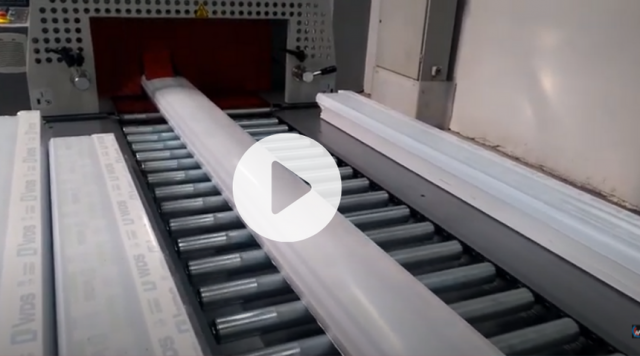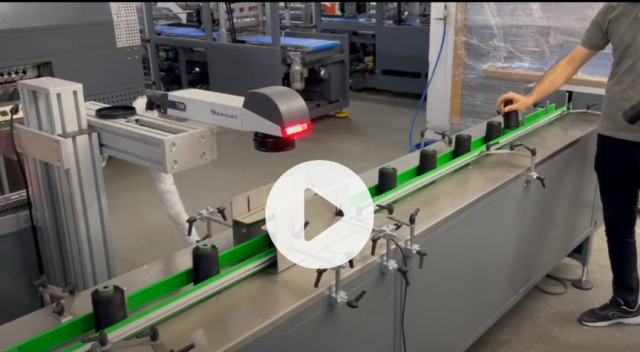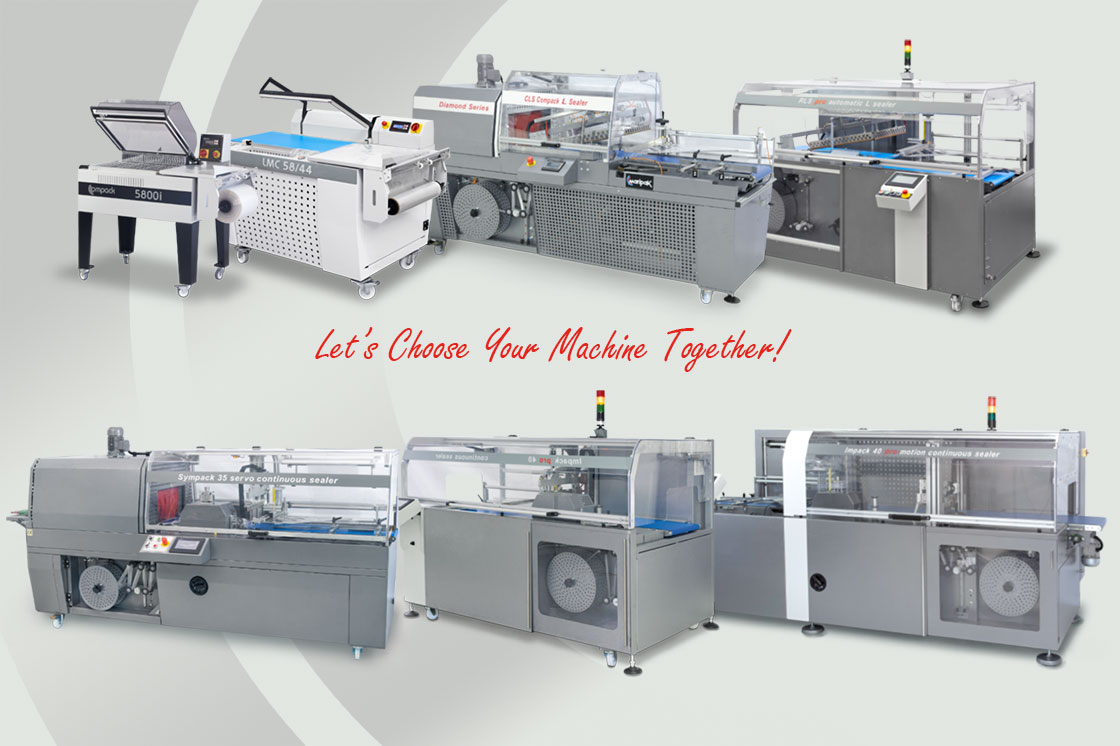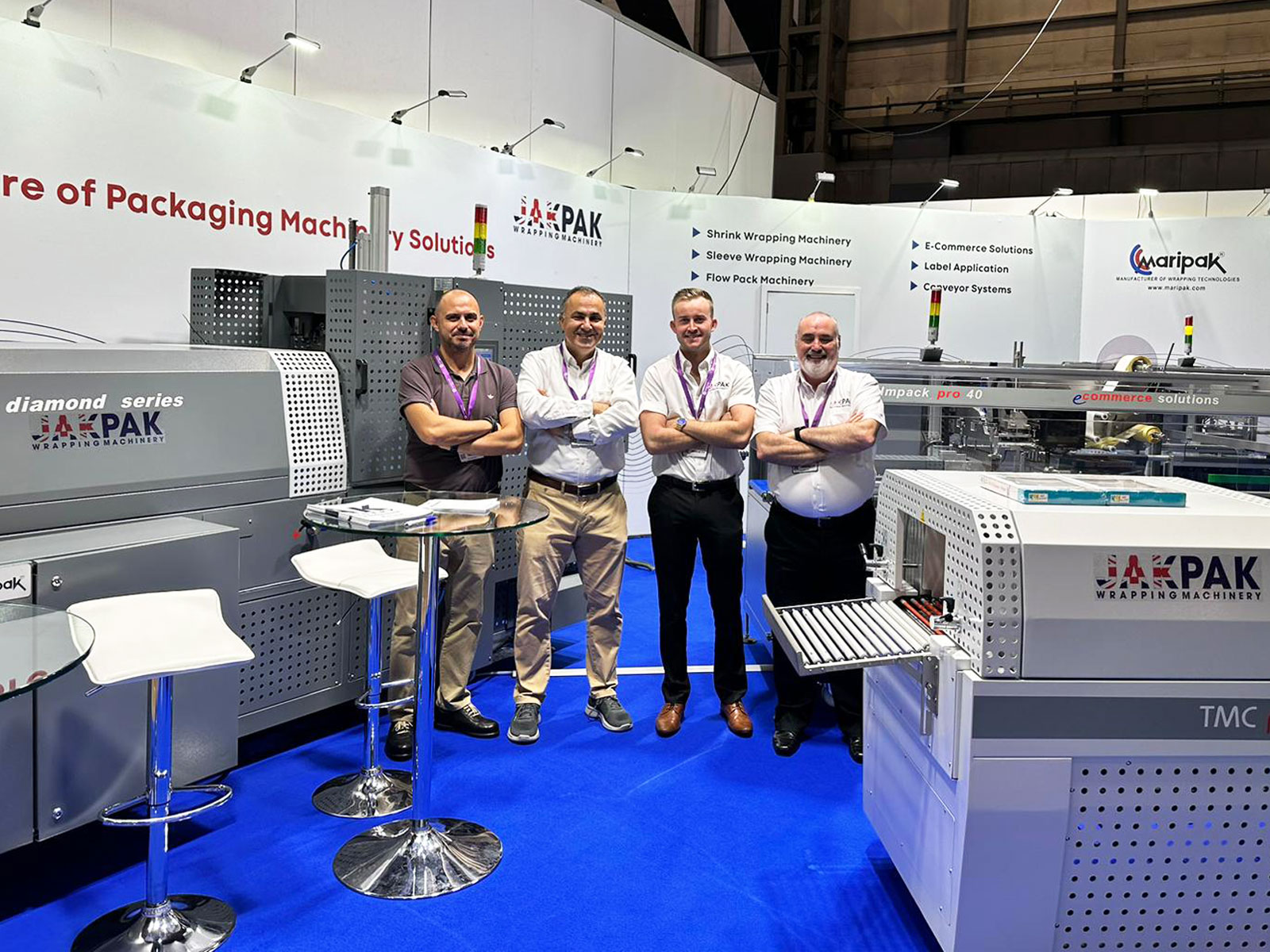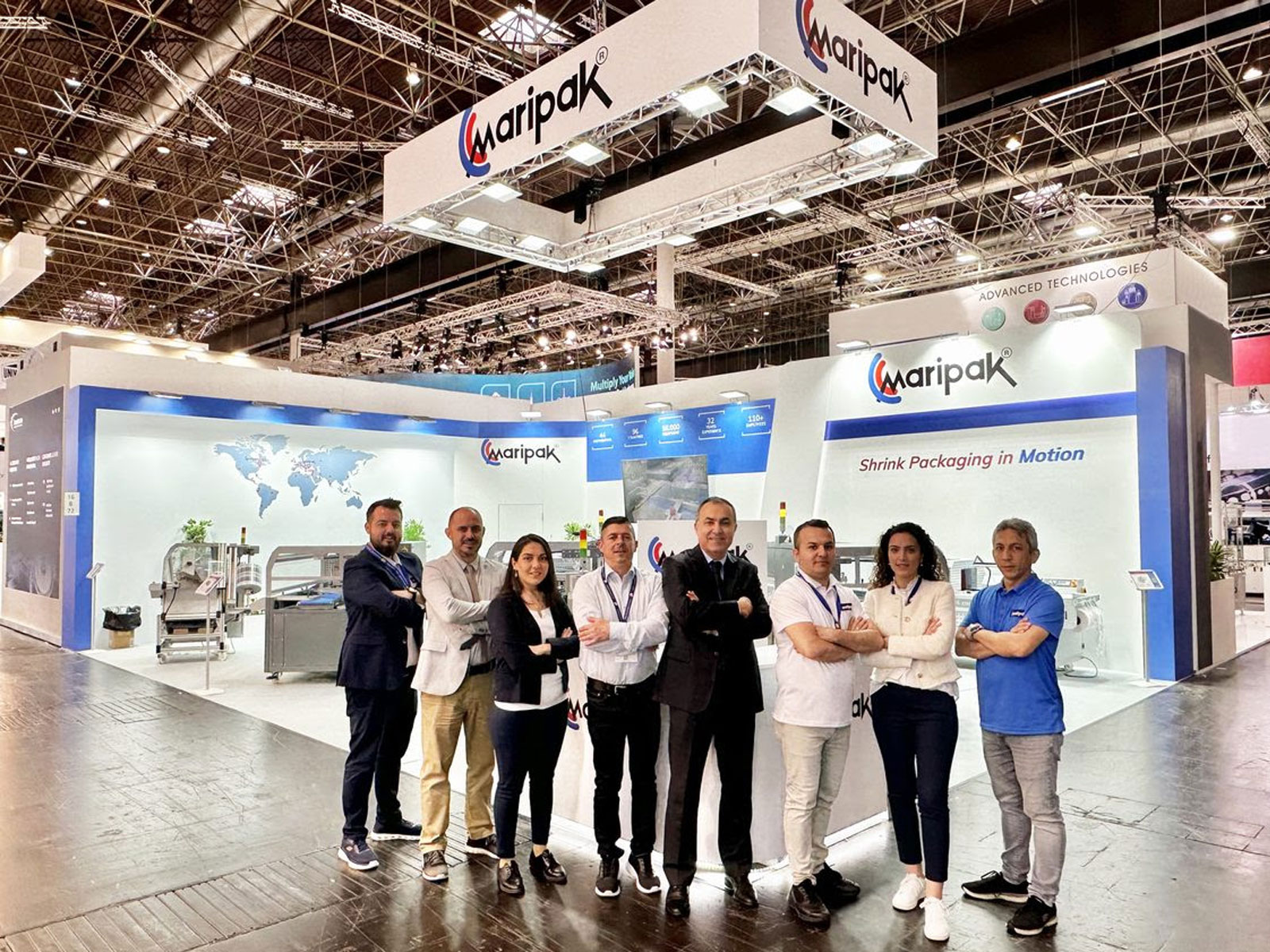
Shrink wrapping is one of today’s most common secondary packaging techniques. It is widely used around the world for packaging needs, including maximizing shelf appeal, protection from external factors, bundling, multi-packaging to ease transport and storage, and last but not least, tamper-proofing. This wide array of functionality makes it an excellent option for almost all industries, from food to cosmetics or even boats and construction materials.
Although the shrink wrapping process is relatively straightforward, many considerations go into choosing the right shrink packaging solution that best meets your needs. So, how do you identify the ideal shrink wrapping machine for your product and production needs? Here are 6 important questions and tips that will give you a head start:
- What is your product, and what is the desired outcome you expect from shrink-wrapping?
- What are the dimensions of your product, and what orientation do you want it to be packaged in?
- What production speed/capacity does your operation require?
- Do you need an inline solution or a hand-feed operation?
- What type of shrink film will you use?
- Do you need any peripheral equipment, such as extra applications or control points in the packaging line — such as a labeler, checkweigher, discard arm, etc.?”
What is your product and what result do you want to achieve with shrink-wrapping?
What is your product? Is it a frozen pizza, a wheel rim, a cosmetic product, or a book? Do you want it to be shrink-wrapped for display or logistic purposes?
Here are a few common desired results you can expect from shrink wrapping:
Display
The shiny outer packaging is to be noticed among other products while protecting the primary package. The use of printed film also adds the advantage of branding.

Protection
Fully closed shrink wrap protects the product against scratching during transport, water, dust, or any other unwanted external factors.
Tamper-Resistance
For some products, Packaging serves as proof of the first usage by the end-user. An unopened shrink wrap gives end-users the confidence to buy the product.

Grouping or Bundling of Products
Do you want to group multiple products to display or logistics purposes? Is your product heavy and do you need openings on the sides of the package to easily carry by hand? Or you have a promotion and you want to put together two products that will be sold together in the supermarket?
Logistics/Storage
To create an easy-to-carry package for heavy items.

What are the dimensions of your product and the orientation you want it to be packaged?
The minimum and maximum dimensions of the products you will shrink wrap is the second most important question to determine in terms of identifying the right shrink wrapping machine. All packages have three dimensions, the product width, length, and height. Also, the orientation that the product will be packaged is another important data needed.

Shrink wrapping machines have limitations in terms of the maximum dimensions they can package. In the L-Sealer manual or semi-automatic machine models, this limit is decided by the size of the L bar.
In fully automatic machines, there is no limit to the product length however the product height and the width do have some mechanical limitations.
Selecting the right-sized shrink wrapper optimizes the packaging cost and production capacity. Keep in mind that the size of the shrink wrapper and heat tunnel should be able to accommodate your largest product.
What is the daily production speed/capacity your operation requires?
The number of products you need to package daily is another critical piece of information in choosing the right shrink wrapping solution.
The capacity of shrink wrapping machines varies from Low Capacity to High Capacity and is typically measured as packages per minute and varies according to the length and the height of the product.
Low Capacity
These are manual shrink wrapping machines that hold the capacity to produce 5 to 10 packages per minute. These machines are run by an operator whose experience level has a considerable effect on the total packaged products per minute.
Medium Capacity
Semi-Automatic L sealers fall into this category. In semi-automatic shrink wrappers, the sealing arm is automatic. This automatic motion gives the operator time to prepare the product in line for sealing. The average output expectation for semi-automatic shrink wrapping machines is anywhere from 10 to 25 packages per minute.

High Capacity
High capacity shrink wrapping machines are Fully Automatic Shrink Wrappers. These systems can integrate into your production line if wanted. Equipped with conveyors and multiple sensors they don’t require an operator which in return maximizes the output and saves cost. The capacity of automatic shrink wrappers is 25 to 80 packages per minute.
It’s important to take into consideration your production volume growth projections at least for the following year.
Does your operation require an inline or a stand-alone hand fed shrink wrapping solution?
Do you want to integrate the shrink wrapping station into your production line is another defining question you need to answer when choosing the right shrink wrapping machine. If the answer is yes, then you would require a fully automatic shrink wrapper. In an inline system, the alignment, rotation, separation, collation, upending, dividing, or even bonding of the products must be well projected initially.
If the answer is no, then a stand-alone shrink wrapping system that will be hand-fed is what you are looking into. In this case, an operator manually feeds the products to the conveyor.
What type of shrink film will you use?
This takes us to this question – What is the desired result you are aiming for with shrink wrapping? To achieve the right outcome the shrink film you choose the film with proper specifications for your product and shrink wrapper.
You can be directed to the right film by the shrink wrapper manufacturer or your film supplier. But before doing that the following information will allow you to get familiar with shrink films.
Types of Shrink Film and Use Areas

There are different types and thicknesses of shrink film and which one you need to use depends on what you want to achieve by shrink wrapping your product. If you want to package a box of chocolate to be displayed on a market shelf then preference should be a film that gives your package an extra shine making it stand out among other products. In the case, you have multiple and/or heavy products such as a pack of soft drinks or a steel spare part then you will need a film that is strong and durable.
In choosing the right shrink film the product’s shape, shrink wrapping machine being used, and temperature restrictions all play a role. It is best to get a professional opinion for your unique product before purchasing a shrink film.
Polyolefin (POF) Shrink Film
Polyolefin aka POF film is preferred almost in all industries due to its versatile and environment-friendly nature. It is also safe to use for edible and non-edible products. The film is highly clear making the content of the package visible to the end-user and has a glossy appearance that makes the product presentable and attractive on the market shelf. Especially cross-linked POF film provides extra clarity and is stronger than the regular POF film. It is widely applied to products including food, toys, cosmetics, books, and stationary just being a few.
Polyethylene (PE) Shrink Film
The clarity of Polyethylene shrink film is lower than POF film. It is mostly used for heavy products mostly for industrial products. It is a highly durable and strong film making it ideal for protection and transit purposes. It is also the most cost-effective Packaging material. It is widely used for packaging products such as spare parts, doors, and window frames, bundling of cans or glass jars to name a few.
PVC Shrink Film
PVC film is a lightweight and inexpensive film option. However, the hazardous fumes, it releases when heated making it the least ideal choice of film. However, it still finds use for industrial products.
Gauge (Thickness) of The Shrink Film
Using the right thickness of shrink film will support you in a good-looking and functioning packaging. Also, the right shrink film will help you save money as the price of the film is defined by its width and thickness.
Do you need any peripheral equipment such as extra applications or control points in the packaging line – such as labeler, checkweigher, or discard arm?
Labeling Unit
A labeling unit can be integrated into the shrink wrapper to add labels to the product or the package. Used to apply barcodes, product labels, etc.
Checkweigher
Checkweighers serve as a control point to ensure the correct weight of the product being packaged. If the product is lighter or heavier than indicated it will be pushed off the line with a discarded arm.
Feeders
Feeders can be used to place items on the product before it is packaged such as a sheet of paper.
Discard arm
Products that are found unfit by the sensors or the checkweigher are pushed off the packaging line via a discard arm for future inspection.
You are now ready to start looking for a shrink wrapper. You can get in touch with our Project Engineers to find the ideal shrink wrapping machine for your products.



